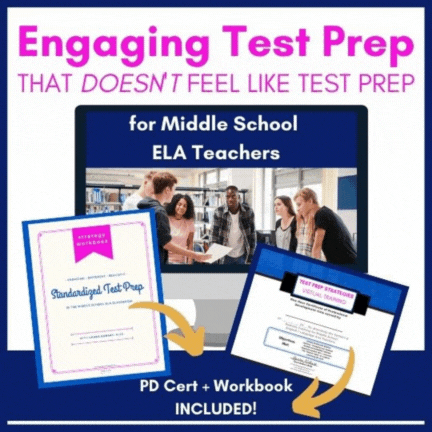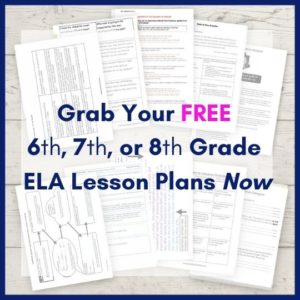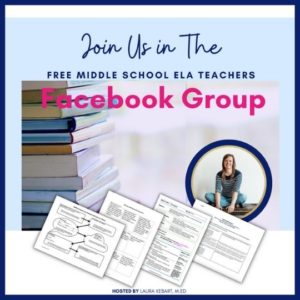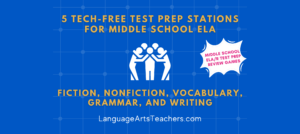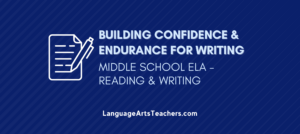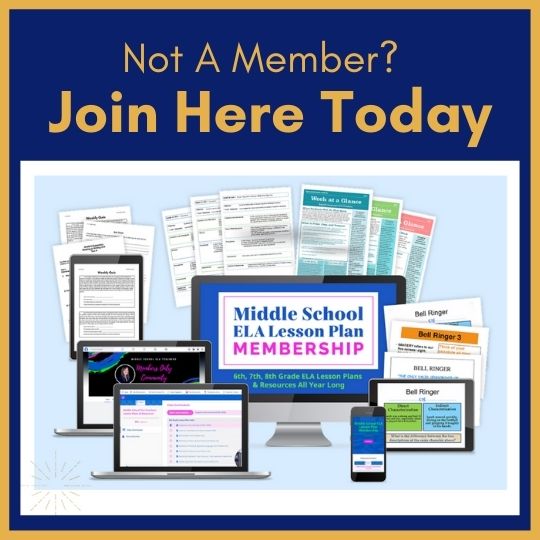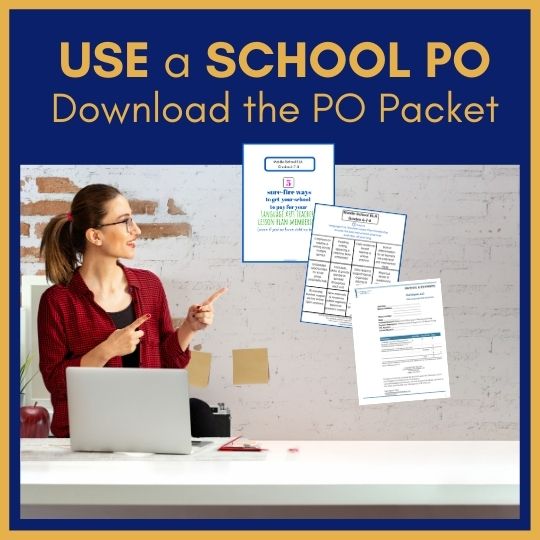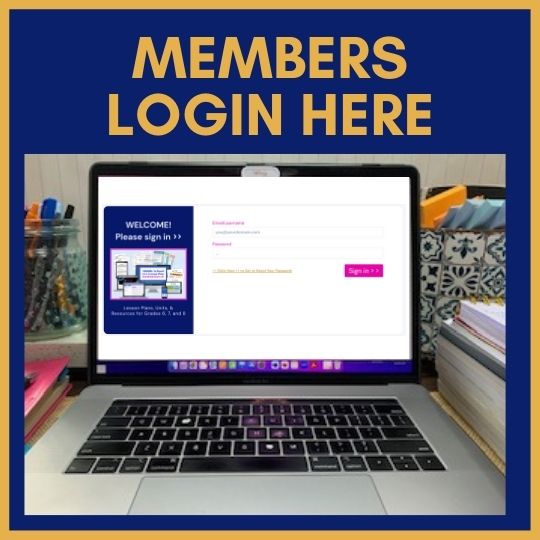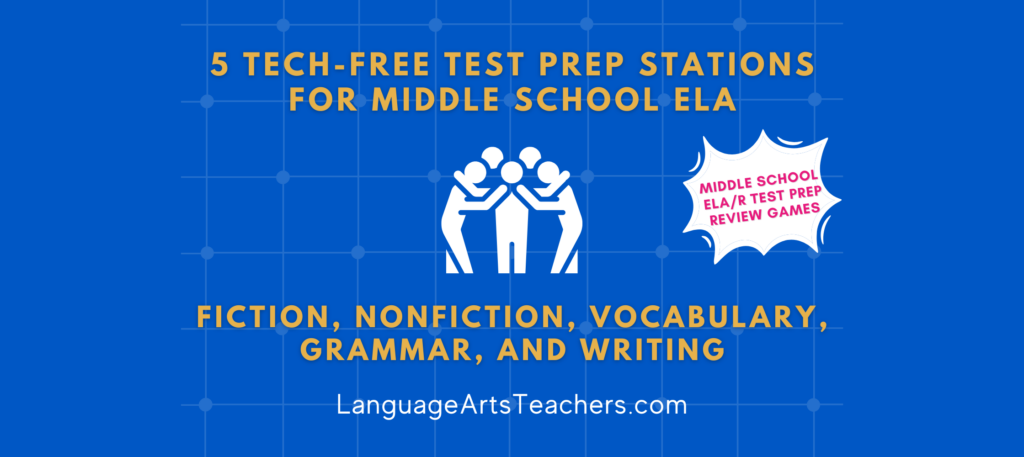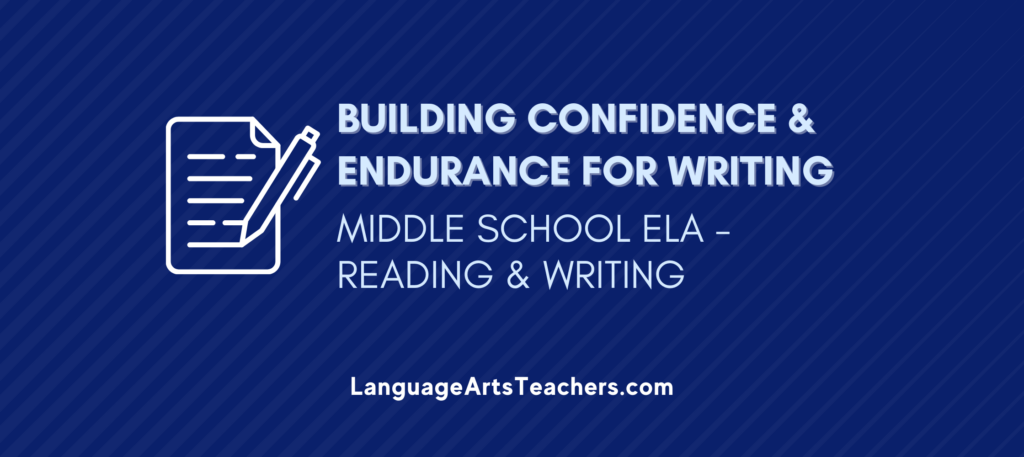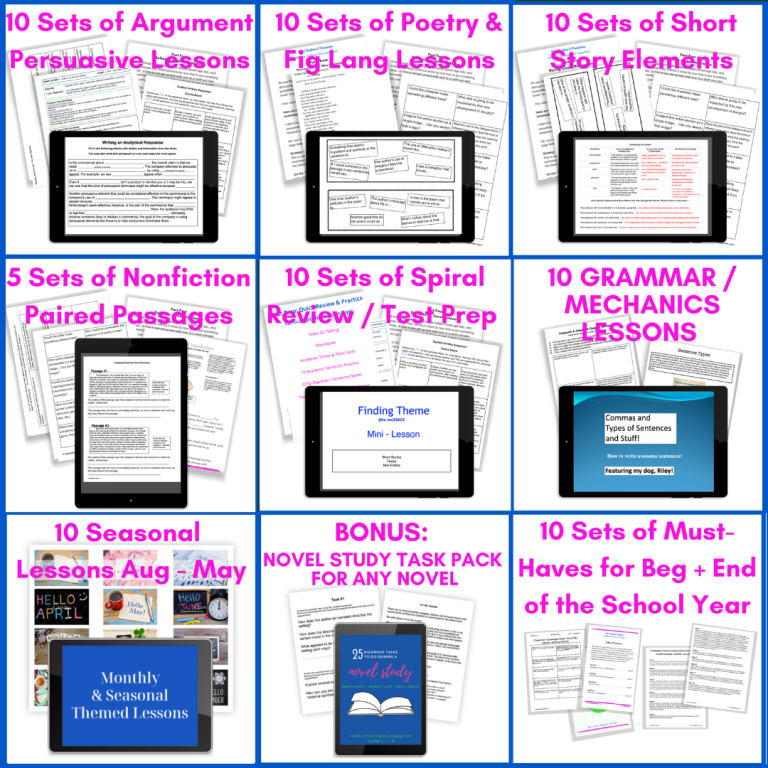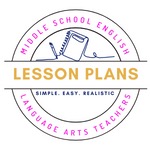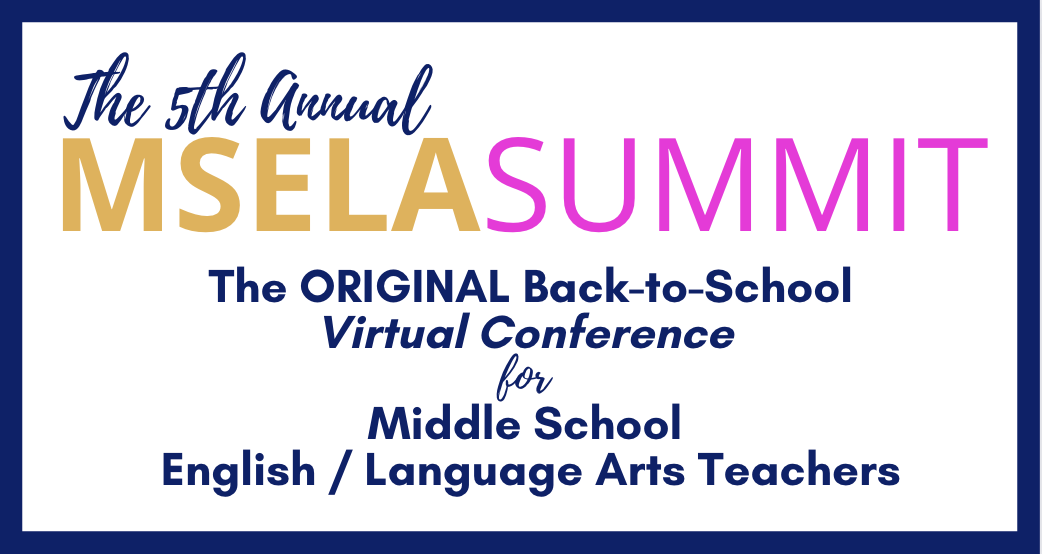Understanding the Importance
Knowing the difference between regular and irregular verbs is crucial for clear and effective communication. Regular verbs follow a predictable pattern when forming the past tense, while irregular verbs have unique past tense forms. Mastering these concepts will help your students write with precision and clarity.
Regular Verbs: The Easy Ones
- Identify the Pattern: Most English verbs are regular. They follow a simple pattern when forming the past tense by adding “-ed” or “-d” to the base form.
- Examples:
- walk + ed = walked
- play + ed = played
- help + d = helped
Irregular Verbs: The Quirky Ones
- No Consistent Pattern: Irregular verbs don’t follow the regular verb pattern. They have unique past tense forms that must be memorized.
- Examples:
- see + saw
- fly + flew
- become + became
Here’s an example of a simple regular / irregular verb station activity I use in my Middle School ELA class:

The verbs (both regular and irregular) come directly from the reading passage that my grammar, vocabulary, and writing stations are based on → That way my stations never feel random!
Teaching Strategies
- Introduce the Basics:
- Define Regular and Irregular Verbs: Clearly explain the difference between regular and irregular verbs using simple definitions and examples (this is already done on the student handout in the station, so you – the busy teacher – don’t have to!).
- Visual Aids: Use charts, diagrams, or flashcards to visually represent the concepts
- Practice with Regular Verbs:
- Verb Conjugation Drills: Create exercises where students practice conjugating regular verbs into the past tense. Teachers of foreign language do this consistently… Why can’t we?
- Sentence Completion: Provide sentences with blanks and ask students to fill in the correct past tense form of a given regular verb.
- Irregular Verb Lists: Provide students with a partial list of common irregular verbs and their past tense forms… Challenge them to continuously add to these lists so it’s a working document they can reference anytime
- Contextual Practice:
- Reading Comprehension: Use reading passages to help students identify regular and irregular verbs in context
- Writing Prompts: Assign writing prompts that require students to use both regular and irregular verbs. Or, have students revisit a previous writing prompt and search for where they used (or didn’t use) regular and irregular verbs incorrectly so they can fix them
Engaging Activities and Games
- Verb Charades: Have students act out verbs and have their classmates guess the regular or irregular past tense form.
- Verb Bingo: Create (digital or paper) bingo cards with regular and irregular verbs. Call out the past tense form and have students mark the corresponding square.
- Verb Scavenger Hunt: Like a ‘real’ scavenger hunt, challenge partners or groups of students to identify types of verbs in literature: poems, song lyrics, stories, speeches, etc.
Real-World Applications
- Connect to Literature: Analyze the use of verbs in literary texts to show how authors use them effectively.
- Discuss Everyday Language: Encourage students to observe the use of verbs in everyday conversations and media.
Assessment and Evaluation
- Writing Assessments: Evaluate students’ ability to use verbs correctly in their writing. In fact, put students in charge of this by hi-lighting or circling examples of where they used regular or irregular verbs. This helps them draw their own attention to what they are doing.
Additional Tips
- Provide Ample Practice: Regular practice is essential for mastering regular and irregular verbs.
- Offer Positive Reinforcement: Celebrate students’ successes and encourage them to keep practicing.
- Differentiate Instruction: Tailor your teaching approach to meet the needs of different learners.
By implementing these strategies, you can help your middle school students develop a strong foundation in verb usage and improve their overall writing skills.
NOTE: That^ lesson is just a small part of an entire set of stations materials that exist as my “Strange New Beginnings” themed stations that I loooove using at the beginning of the school year.
Get the entire collection of monthly middle school stations when you join Ready, Set, Stations —> Each month’s set includes a fiction, nonfiction, poetry collection so that all the activities (reading, writing, vocabulary, grammar) go together thematically!
Let me overthink stations so you don’t have to😉
INTRODUCING:


I’ll send you 12 fresh, themed station activities loaded up ready-made style each month:
✅One fiction passage + one nonfiction passage + one poem
➡️ One reading, writing, grammar, and vocabulary station for EACH passage
🙋🏻♀️ That’s 3 thematically-linked passages with 4 stations per passage = 12 stations each month!



